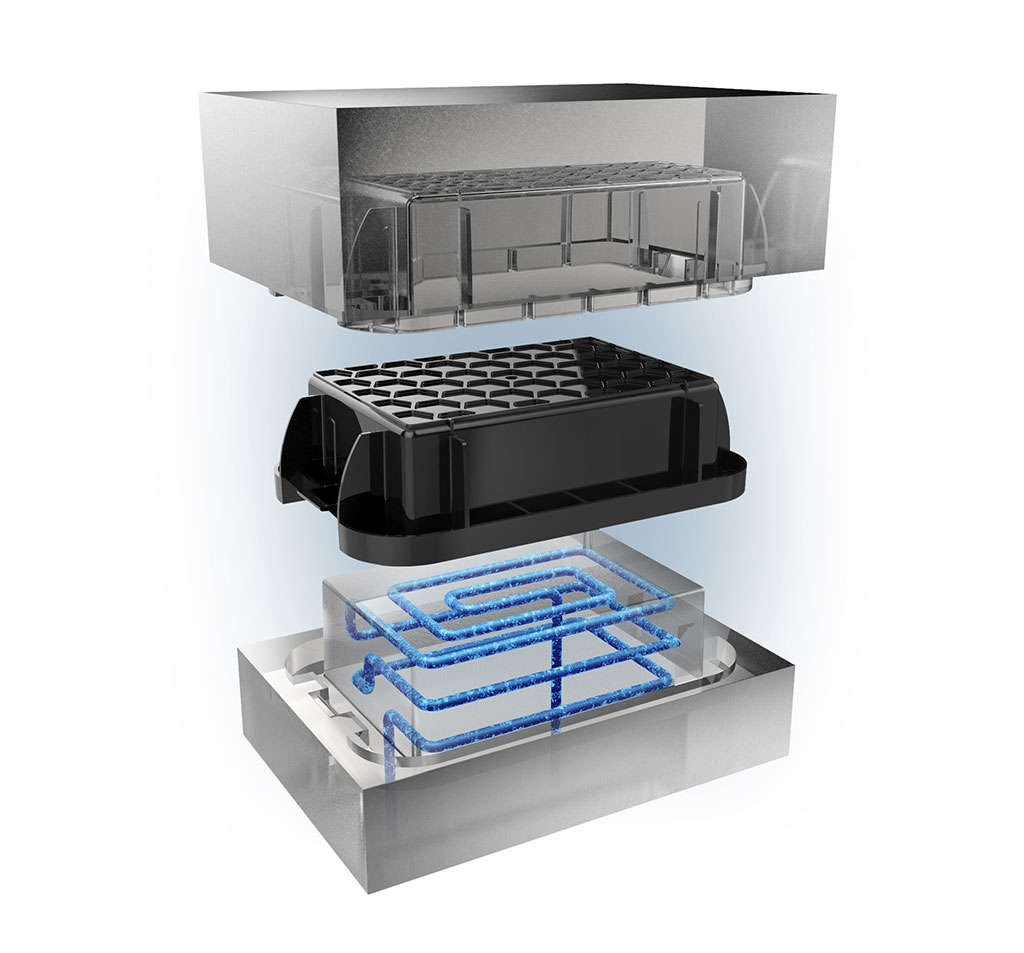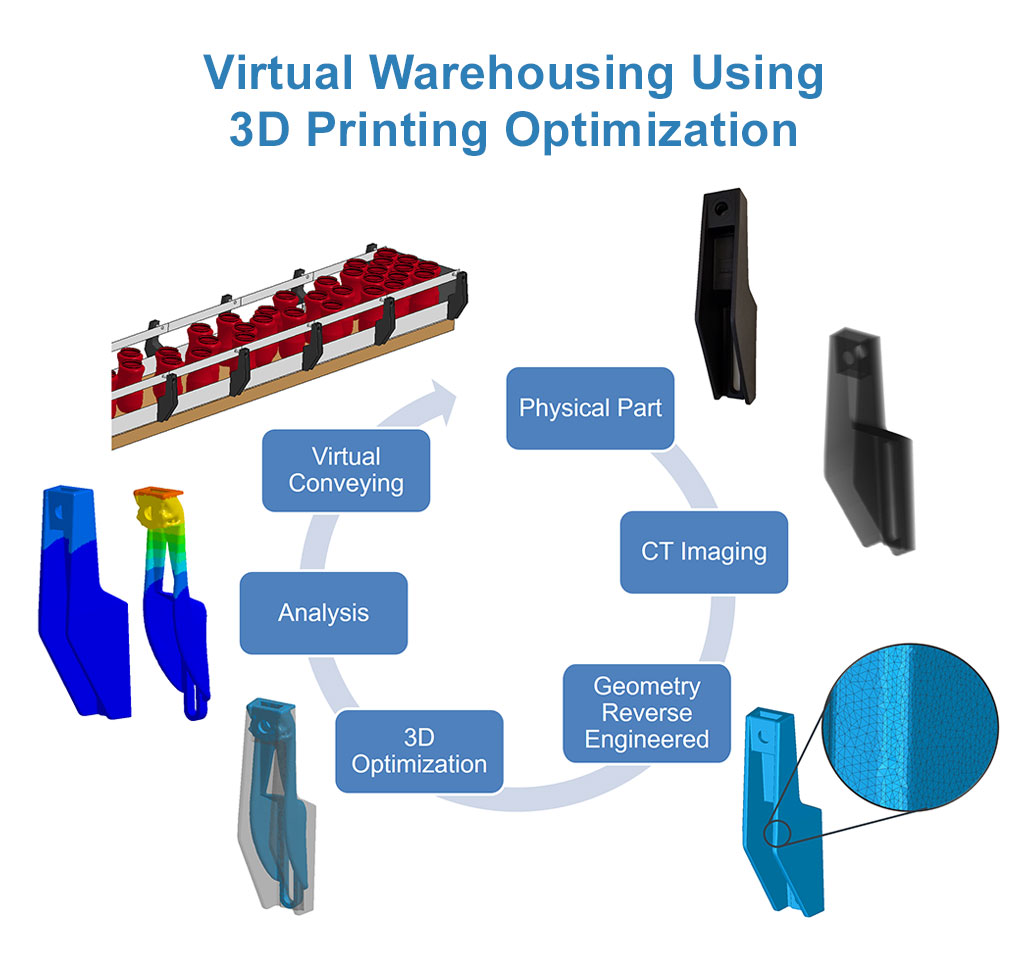What is Additive Manufacturing?
Additive manufacturing (AM), also known as 3D Printing, refers to processes used to create a three-dimensional object in which material is joined or solidified under computer control to create the piece. Often associated with rapid prototyping, many manufacturers are also investigating ways to utilize AM processes for production components as most of the part shape and configuration restrictions of traditional manufacturing processes are eliminated.
Early additive manufacturing equipment and materials were developed in the 1980's with the advent of the stereolithography (SLA) process, in which a photopolymer material is cured layer-by-layer using ultraviolet light lasers. During the build process the platform supporting the part is lowered by a single layer thickness and the process repeated until the object is completed. The technology utilized by most modern 3D printers is fused deposition modeling (FDM), where thermoplastic polymers are heated and extruded through nozzles to create the object cross sections. Each layer cools and solidifies before the subsequent cross section is traced.
Selective Laser Sintering (SLS) utilizes a high powered laser to fuse small particles of plastic, metal, ceramic or glass. Like stereolithography a platform supports the object and is repeatedly lowered as each layer solidifies. SLS is an example of a "powder-bed" system where a fine layer of powder is repeatedly spread and selectively melted. Other systems distribute the feedstock powder through a nozzle where it is melted directly on the surface of the treated part.
Design for additive manufacturing (DfAM or DFAM) is design for manufacturability as applied to additive manufacturing. It is the implementation of design methods and simulation tools whereby functional performance and/or other key product life-cycle considerations such as manufacturability, reliability, and cost can be optimized subjected to the capabilities of additive manufacturing technologies. Learn more about design for additive manufacturing at Wikipedia.
Design for Additive Manufacturing - Conformal Cooling
Molds for injection molded plastic parts typically have straight line cooling channels, as they are usually drilled in secondary machining operations. Conversely, molds made from additive manufacturing techniques have cooling lines integrally created during the build. Conformal cooling is a technique where these channels are made to conform to the geometry of the part being made, resulting in more efficient heat removal, lower cycle times, and lower part cost.
Simple conformal cooling implementation can reduce mold cycle times about 10%, but advanced Modeling and Simulation techniques, such as finite element analysis, can be utilized to improve this reduction to 20% - 40%. Kinetic Vision's Design for Additive Manufacturing team has the design and simulation expertise to implement conformal cooling for your next project.

Design for Additive Manufacturing - Virtual Warehousing
Modern manufacturing lines are designed to make the product changeover process as efficient as possible. This process usually involves machinery adjustments and the replacement of "change parts", which are unique, non-adjustable equipment components that must be updated for the new product. For production lines that create many different products, or several variations of the same product, stocking the dozens or hundreds of change parts required can become unmanageable and inefficient. This problem is exacerbated when production lines contain legacy components where manufacturing data or drawings no longer exist or are controlled by another company.
On-demand additive manufacturing creates opportunities for eliminating the change part stocking problem. Instead of stocking physical parts for every possible production scenario, only the digital data need be cataloged. Critical change parts are created as needed in less than a day. On-demand manufacturing also eliminates production issues caused by part wear or improper design revision level, as modern PLM systems ensure consistent design integrity from engineering through production. CAD data for legacy components is easily created using 3D CT Scanning, and Modeling and Simulation is utilized to optimize the part design for minimum material and build time.


